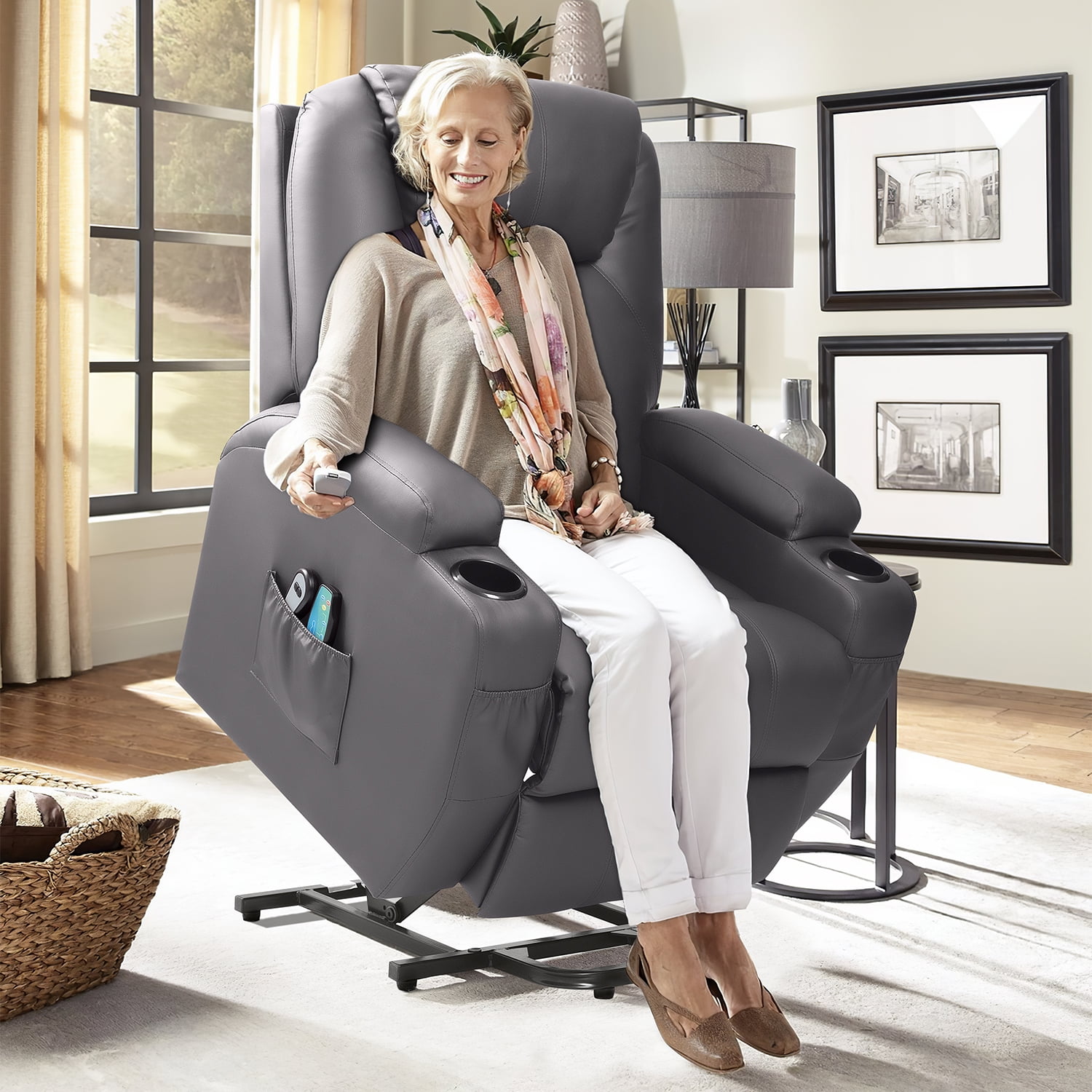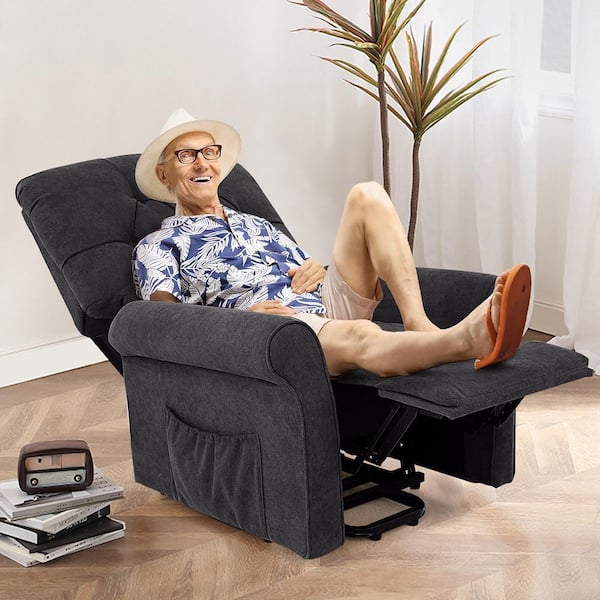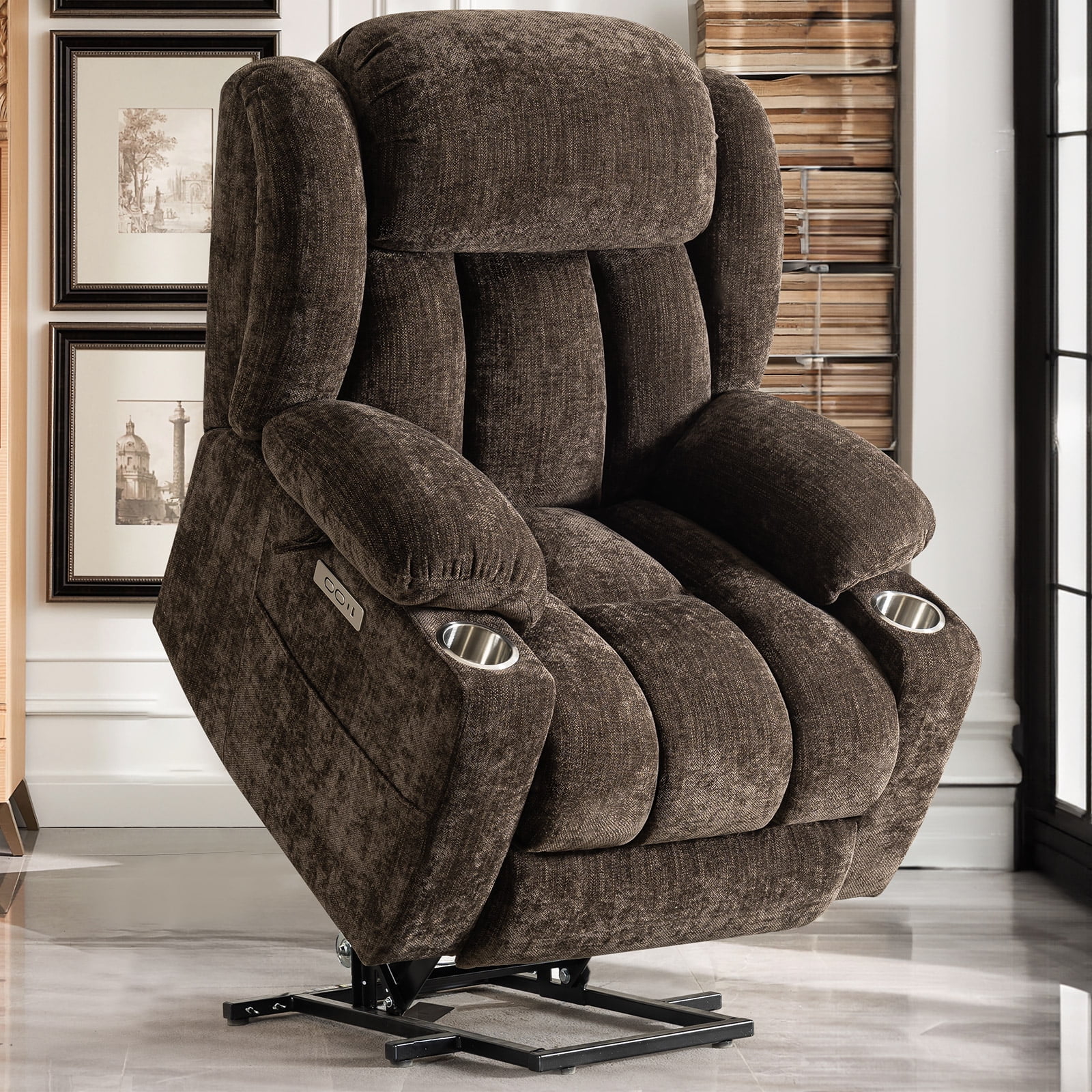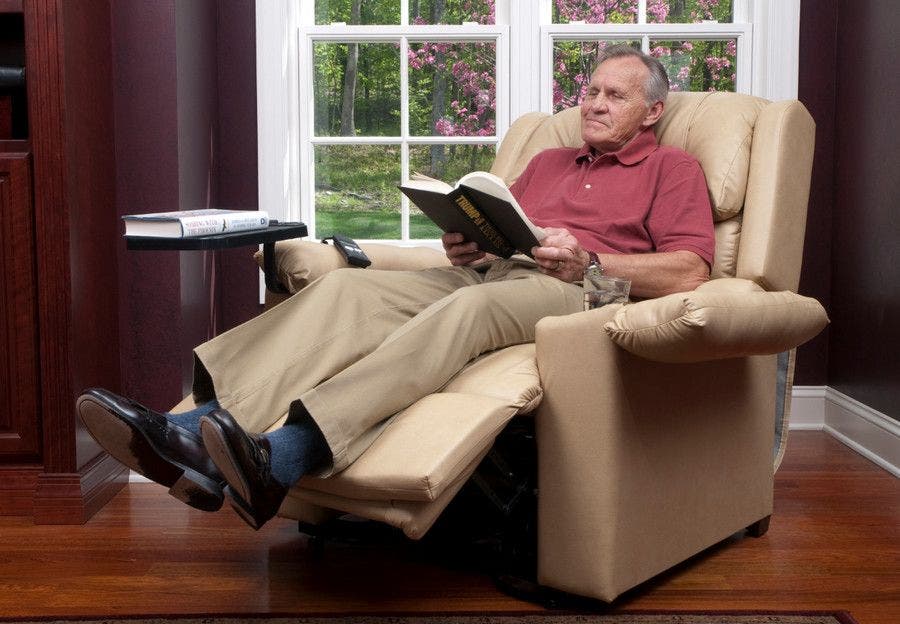Introduction
As individuals age, their needs for comfort and support evolve, particularly in the realm of furniture. A recliner, once considered a luxury, often becomes an essential piece of furniture for elderly individuals seeking relaxation and relief from the strains of daily life. However, with a myriad of options available in the market, choosing the ideal recliner for elderly comfort can be a daunting task. In this comprehensive guide, we will explore the key factors to consider when selecting a recliner tailored to meet the unique needs and preferences of elderly individuals, ensuring relaxation is reimagined in the most comfortable and supportive way possible.

1. Comfort and Support
When it comes to choosing a recliner for elderly comfort, comfort and support reign supreme. Look for recliners with ample cushioning that provides softness without sacrificing support. Opt for high-quality foam or memory foam padding that molds to the contours of the body, relieving pressure points and promoting proper alignment. Additionally, consider features such as lumbar support and padded armrests to enhance overall comfort and reduce strain on the back and shoulders. Prioritize recliners with ergonomic designs that offer optimal support for the neck, spine, and lower back, ensuring a comfortable and relaxing seating experience for elderly individuals.
2. Size and Dimensions
The size and dimensions of the recliner play a crucial role in determining its suitability for elderly comfort. Consider the height and weight capacity of the recliner to ensure it can accommodate the needs of elderly individuals comfortably. Opt for recliners with wider seats and deeper cushions to provide ample space for relaxation without feeling cramped or confined. Additionally, consider the height of the seat and the ease of entry and exit for elderly individuals with mobility issues. Choose recliners with sturdy construction and stable bases to provide added support and stability, minimizing the risk of falls or accidents.

3. Reclining Mechanism
The reclining mechanism is another key consideration when choosing a recliner for elderly comfort. Look for recliners with smooth and easy-to-operate mechanisms that allow for seamless transition between sitting and reclining positions. Opt for recliners with power lift features that assist elderly individuals in standing up or sitting down with minimal effort. Additionally, consider recliners with infinite reclining positions that allow for customizable comfort and support, catering to the individual preferences of elderly users. Prioritize recliners with remote controls or push-button mechanisms that are intuitive and user-friendly, ensuring elderly individuals can adjust the recliner with ease.
4. Fabric and Upholstery
The fabric and upholstery of the recliner can significantly impact comfort, durability, and ease of maintenance. Choose recliners upholstered in breathable fabrics such as cotton or linen that promote airflow and regulate temperature, preventing overheating and discomfort. Opt for fabrics that are soft to the touch and easy to clean, such as microfiber or leatherette, which are resistant to stains and spills. Consider recliners with removable and machine-washable covers for added convenience and hygiene, allowing for easy maintenance and care. Prioritize recliners with hypoallergenic fabrics that are gentle on the skin and free from harsh chemicals, ensuring a safe and comfortable seating environment for elderly individuals with sensitive skin or allergies.

5. Additional Features and Accessories
In addition to basic comfort and support features, consider the unique needs and preferences of elderly individuals when choosing a recliner. Look for recliners with built-in massage and heat functions that provide therapeutic relief for sore muscles and joints, promoting relaxation and comfort. Opt for recliners with convenient storage compartments and cup holders to keep essentials within reach, minimizing the need to constantly get up and down. Consider recliners with swivel and rocking features that offer gentle motion and soothing sensations, promoting relaxation and stress relief. Prioritize recliners with adjustable headrests and footrests that allow for personalized comfort and support, catering to the individual needs of elderly users.
6. Durability and Longevity
For elderly individuals, durability and longevity are essential factors to consider when choosing a recliner. Look for recliners constructed from high-quality materials such as hardwood frames and steel mechanisms that are built to withstand daily use and provide long-lasting support. Opt for recliners with reinforced stitching and heavy-duty upholstery that can withstand wear and tear over time. Additionally, consider recliners with warranties or guarantees that provide added peace of mind and protection against defects or premature wear. By investing in a durable and well-constructed recliner, elderly individuals can enjoy years of comfort and relaxation without worrying about frequent repairs or replacements.

7. Mobility and Accessibility
Mobility and accessibility are paramount considerations for elderly individuals with mobility issues or disabilities. Look for recliners with features such as power lift mechanisms, which gently assist users in standing up or sitting down with minimal effort. Opt for recliners with wide and stable bases that provide additional support and stability, reducing the risk of falls or accidents. Additionally, consider recliners with low-profile designs that make it easier for elderly individuals to enter and exit the chair safely. Prioritize recliners with ergonomic designs that promote proper posture and alignment, reducing strain on joints and muscles during movement. By prioritizing mobility and accessibility, elderly individuals can maintain independence and autonomy while enjoying the comfort and relaxation of their recliner.
8. Style and Aesthetics
While comfort and functionality are paramount, style and aesthetics also play a role in choosing the ideal recliner for elderly comfort. Consider the overall design and aesthetic of the recliner, ensuring it complements the existing decor and furnishings of the home. Opt for recliners with classic and timeless designs that won’t quickly go out of style, ensuring longevity and versatility in any interior setting. Additionally, consider recliners with customizable upholstery options that allow for personalization and expression of individual tastes and preferences. Whether seeking a sleek and modern design or a cozy and traditional look, there are recliners available to suit every style and aesthetic preference, ensuring elderly individuals can relax in comfort and style in their own homes.

Conclusion
Choosing the ideal recliner for elderly comfort requires careful consideration of factors such as comfort and support, size and dimensions, reclining mechanism, fabric and upholstery, and additional features and accessories. By prioritizing comfort, support, and functionality, elderly individuals can enjoy a comfortable and relaxing seating experience that promotes overall well-being and quality of life. Whether seeking relief from chronic pain and discomfort or simply looking to unwind and relax, a well-chosen recliner can truly reimagine relaxation for elderly individuals, providing a supportive and comfortable oasis in the comfort of their own home.
Recliners add a strong sense of happiness to the family. If you want to know more about smart homes, we recommend smart bed with tv. You can easily watch TV on the bed. If you are interested, click on the link to learn more. More!
